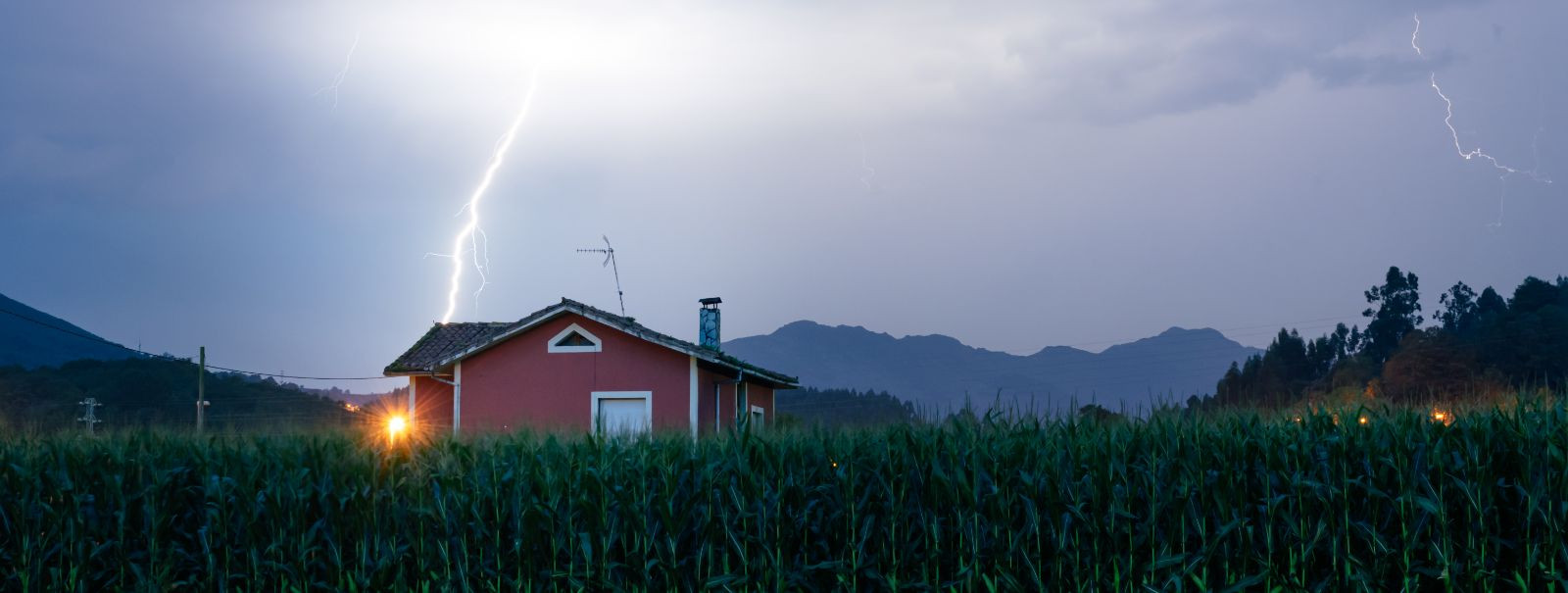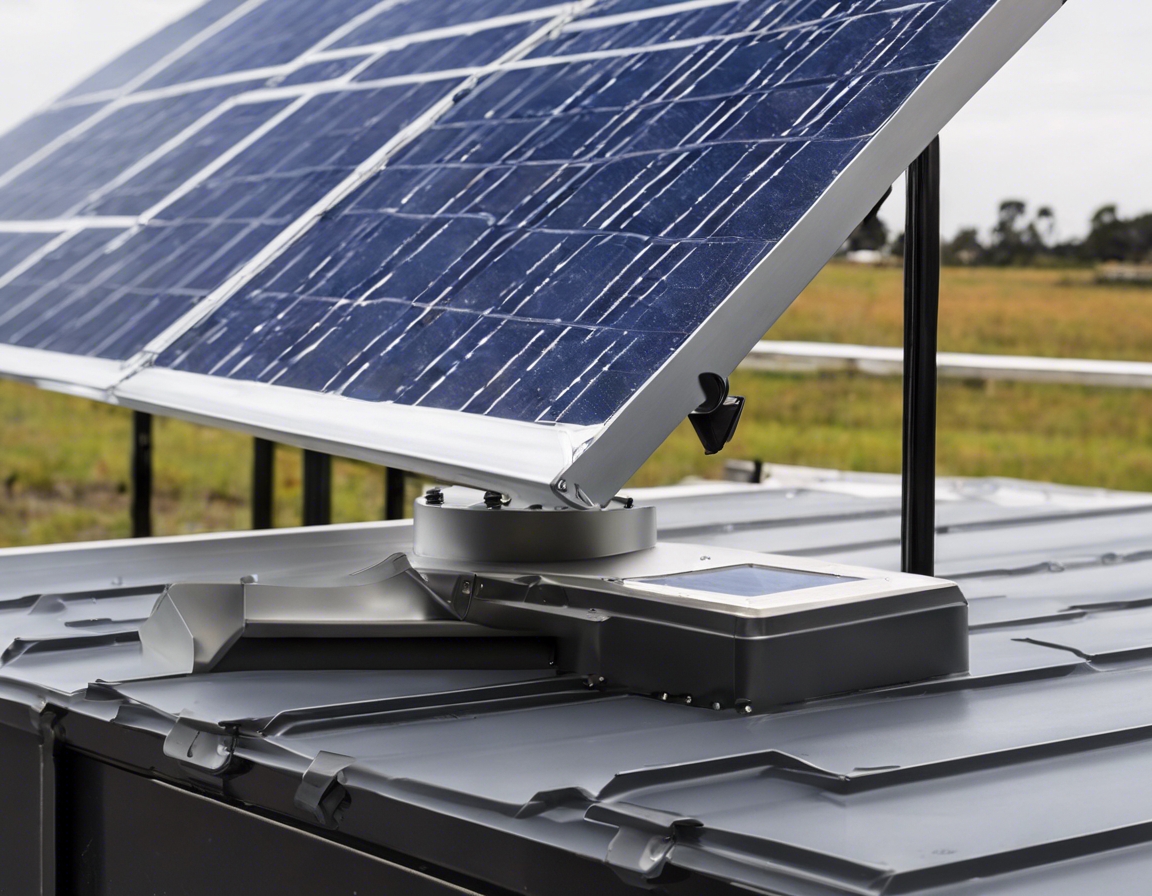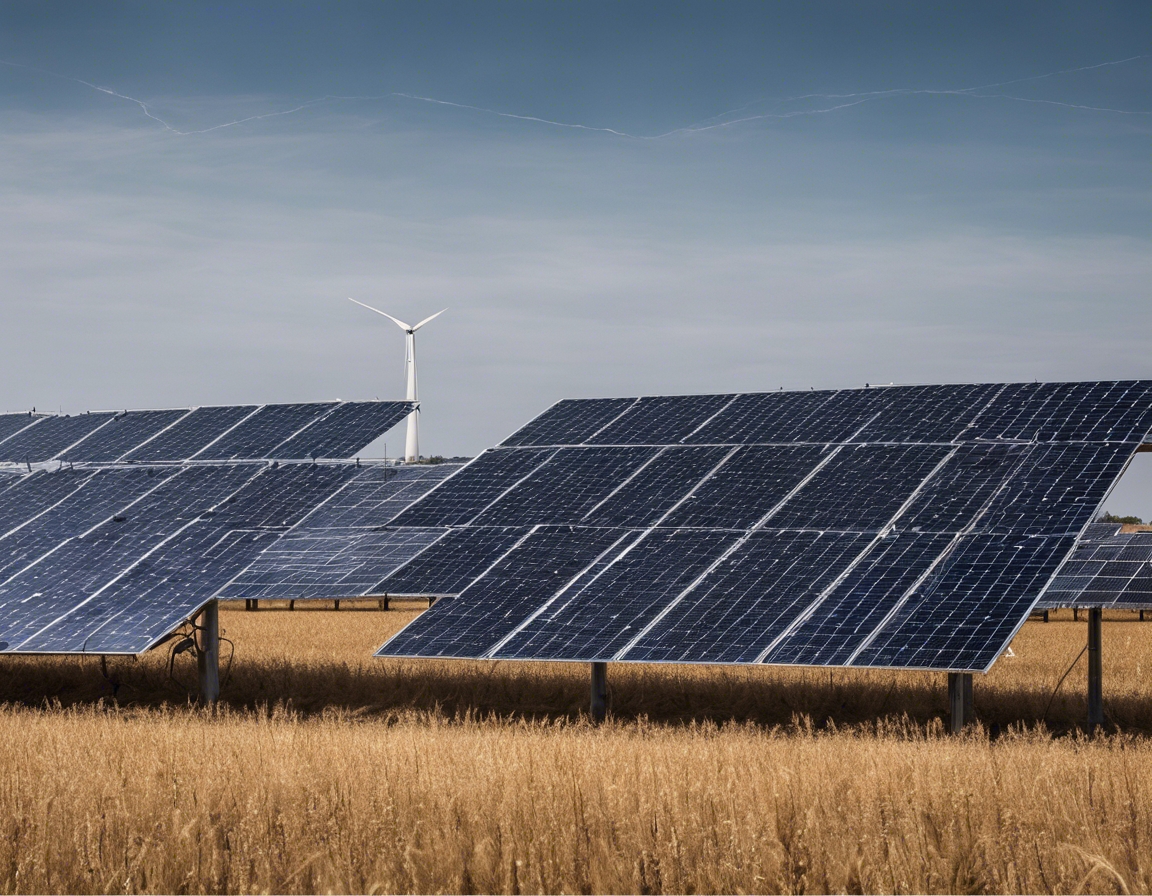How to choose the right lightning protection system for your building
Lightning strikes pose significant risks to buildings, especially in regions prone to thunderstorms. These natural phenomena can cause fires, structural damage, and power surges that may lead to costly repairs and downtime. Moreover, they can endanger the lives of occupants, making it crucial for property owners and facility managers to invest in effective lightning protection systems.
A well-designed lightning protection system safeguards your building by directing the electrical energy from a lightning strike safely into the ground. This minimizes the risk of fire, structural damage, and electrical surges, ensuring the safety of both the building and its occupants. Additionally, it helps in maintaining the integrity of sensitive electronic equipment, which is vital for businesses relying on technology.
Key Components of a Lightning Protection System
Air terminals, commonly known as lightning rods, are the first line of defense in a lightning protection system. They are strategically placed on the highest points of a building to intercept lightning strikes and channel the energy safely to the ground.
Conductors are the pathways that carry the electrical charge from the air terminals to the grounding system. They must be made of high-quality materials and installed correctly to ensure efficient energy transfer.
The grounding system is a critical component that disperses the electrical energy into the earth. A well-designed grounding system reduces the risk of electrical shock and ensures the overall effectiveness of the lightning protection system.
Surge protection devices are essential for protecting electrical and electronic equipment from voltage spikes caused by lightning strikes. They help in preventing damage to sensitive equipment, thereby reducing repair costs and downtime.
Assessing Your Building's Needs
The type and structure of your building play a significant role in determining the appropriate lightning protection system. Factors such as height, construction materials, and roof design must be considered to ensure optimal protection.
Buildings located in areas with high lightning activity require more robust protection systems. Environmental factors such as soil conductivity and the presence of nearby tall structures can also influence the design and effectiveness of the system.
Compliance with national and international safety standards is crucial when selecting a lightning protection system. These standards ensure that the system is designed and installed to provide maximum safety and effectiveness.
Types of Lightning Protection Systems
Conventional systems use a network of air terminals, conductors, and grounding systems to protect buildings. They are widely used due to their proven effectiveness and compliance with safety standards.
ESE systems are designed to provide a larger area of protection by emitting an upward streamer to intercept lightning strikes. They are often used in large or complex structures where conventional systems may not be feasible.
Charge transfer systems work by reducing the electric field strength around a building, thereby preventing lightning strikes. These systems are suitable for specific applications and require careful assessment before installation.
Choosing the Right System for Your Building
When choosing a lightning protection system, it is essential to evaluate its effectiveness in protecting your specific building type and location. Consider factors such as the system's track record, compliance with standards, and adaptability to your building's needs.
Cost is a significant factor in selecting a lightning protection system. While it is important to stay within budget, it is equally crucial to ensure that the system provides adequate protection. Investing in a high-quality system can save money in the long run by preventing costly damage and repairs.
Proper installation and regular maintenance are vital for the effectiveness of a lightning protection system. Ensure that the system is installed by certified professionals and schedule regular inspections to maintain its performance.
Consulting with Experts
A professional assessment is crucial in determining the most suitable lightning protection system for your building. Experts can evaluate your building's specific needs and recommend a system that provides optimal protection.
Working with certified installers ensures that your lightning protection system is installed correctly and complies with safety standards. Certified professionals have the expertise and experience to handle complex installations and provide ongoing support and maintenance.






Comments (0)